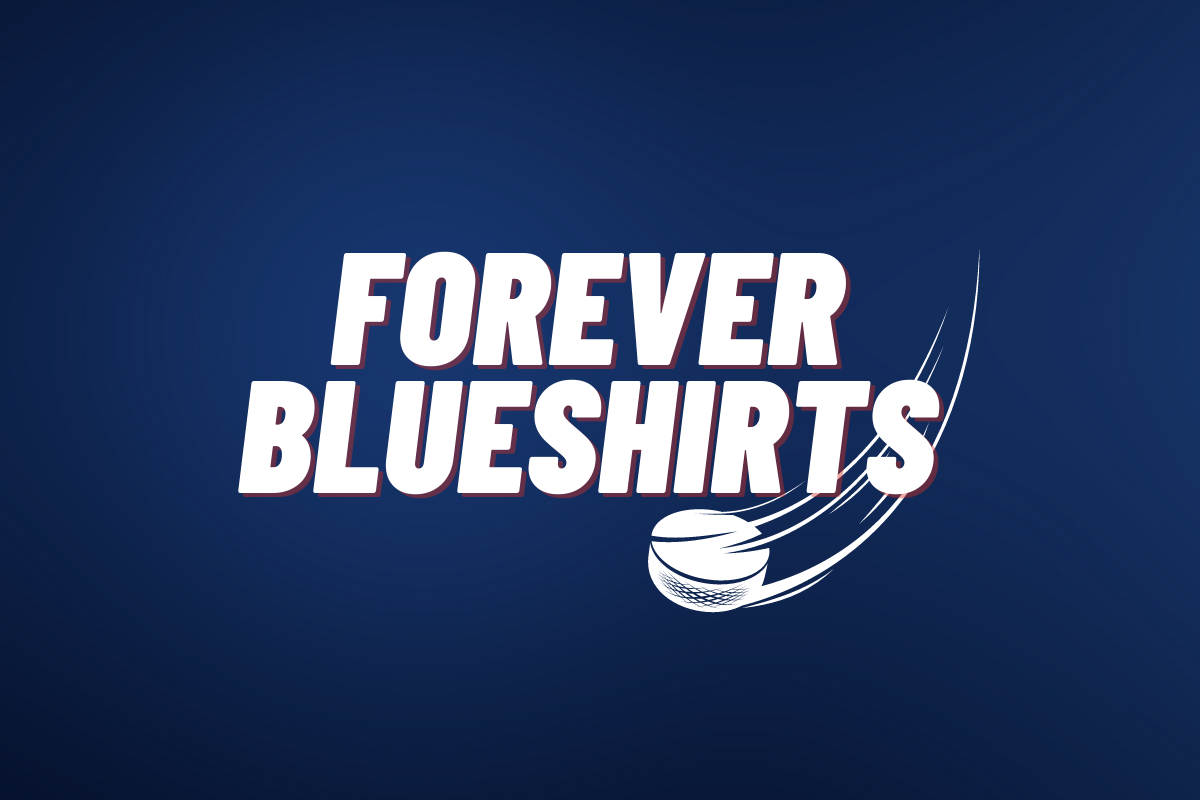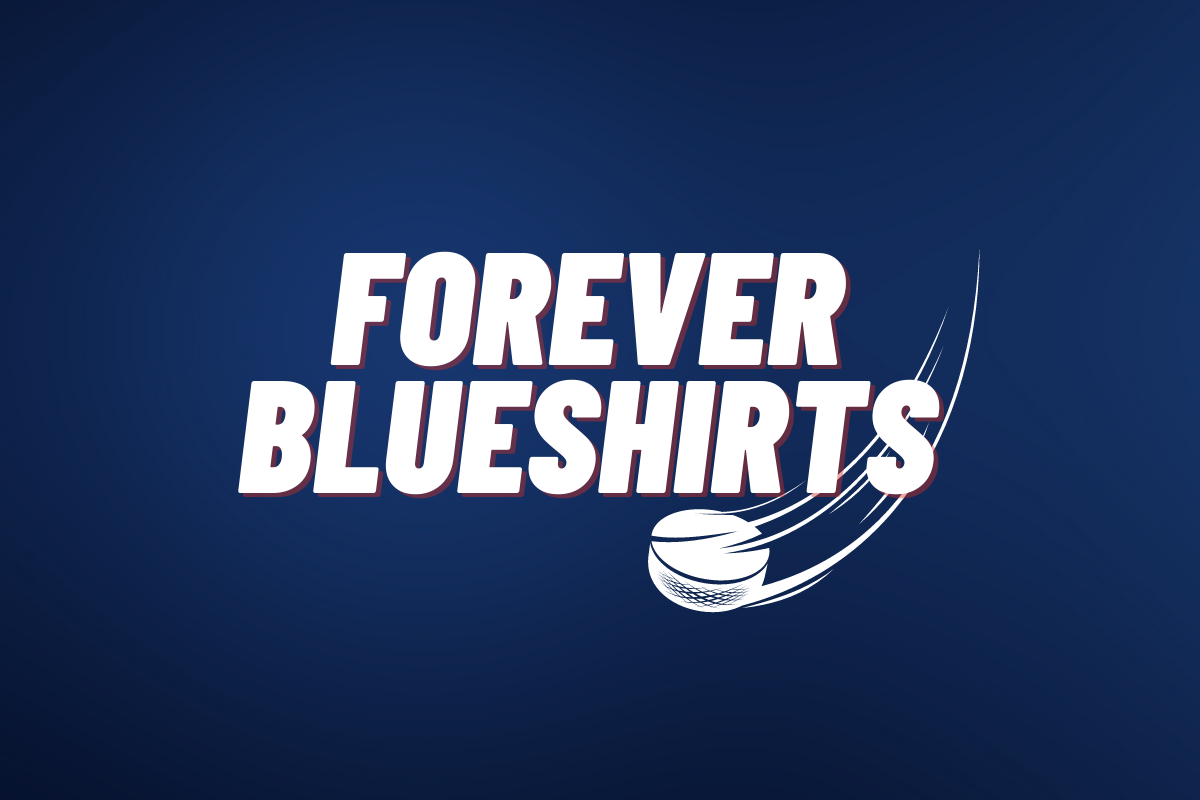Guest Blog: Using the Girardi vs Kostka argument to explain why Corsi is flawed
FullTilt Rangers was built by a fan for the fans. With that in mind, we always try and cater to our audience and give them a forum to express their thoughts. Although it’s been awhile, one reader of the site asked to guest blog and we were happy to oblige.
Why Corsi is Flawed a Stat
Recently, the use of advanced analytics, or “fancy stats”, have divided the hockey community. Some argue that they are far and away the most accurate measure of a player’s peformance, while others insist that the old standby of watching a player and using the “eye test” is still the best way to go. There is almost no middle ground in the debate, as most people are firmly entrenched in one camp or another.
This article is not meant to debate whether fancy stats are good or bad for the game in general, but instead is meant to discuss one particular argument that came to light recently, which was the case of Dan Girardi vs Michael Kostka. One advanced analytics enthusiast recently presented to me the argument that Michael Kostka, a career minor leaguer who has only appeared in 70 career NHL games with 4 different teams at the age of 29, is a better defensive player than Dan Girardi, the former All Star and mainstay of the Rangers top defensive pairing for the last 7+ seasons. The basis for this argument? Kostka has a better career Corsi than Girardi.

Michaek Kostka was instrumental in the Rangers implosion. 10/14/14 (Photo: Jared Silber/NHLI via Getty Images)
For those not familiar with Corsi, I’ll provide a brief overview. Corsi measures the shots attempted for and against a players team while that player is on the ice. Any shot attempted by your team (this includes shots on goal, blocked shots, shot attempts that go wide, etc.) while you are on the ice increases your Corsi, while any shot attempt by the opposing team while you are on the ice decreases your Corsi. For example: If you were on the ice for 10 attempted shots by your team, and 5 attempted shots by the other team, your Corsi would be a +5. Conversely, if you were on the ice for 5 attempted shots by your team and 10 attempted shots by the opposing team, your Corsi would be -5. For those of us familiar with the traditional +/- stat, think of Corsi as essentially a version of +/- that measures shot attempts instead of goals. Now, there are much more advanced measures of different types of Corsi, and I don’t pretend to be an expert by any means, but what I’ve presented is the bare bones gist of the stat.
I have no issue with the existence of Corsi or fancy stats in general, or their use as a supplemental tool that can be used in addition to other stats and (most importantly to me at least), evaluating a player based on watching their performace. The issue I have is the idea that you can say that one player is better than another, using only one specific stat as the basis for your argument. To me, the fact that Girardi has been a top pair defenseman on a very succesful team for a long time, and is regarded by most NHL GM’s as one of the most steady and underrated defenders in the game, while Kostka has been sent to the AHL for the majority of his time with 4 different teams in the last 4 years, matters much more than any stat. As does the level of play I have observed from each while watching their in-game action.
Let’s examine a particular scenario that came to my mind that will demonstrate some of the things that a stat like Corsi doesn’t take into account. I think anyone who has seen Kostka and Girardi play will agree that this scenario is entirely plausible, and could easily happen in an actual game situation:
Now let’s say that over the course of a game, the Rangers attempt 5 shots while Kostka is on the ice, while the opposing team only attempts 3 shots, but those 3 shots are all goals that are scored off of blatant turnovers by Kostka. Despite the 3 goals that were a direct result of his poor play, he would have a positive Corsi of +2 (5 attempts for, minus 3 attempts against = 2).
Continuing along, in the same game the Rangers attempt 5 shots while Girardi is on the ice, and the opposing team attempts 10 shots, but Girardi blocks all 10 and no goals are scored. Despite blocking all 10 shot attempts, Girardi would have a poor Corsi of -5 (5 attempts for, minus 10 attempts against = -5).
Someone who was watching the game would see that Giradi had a tremendous defensive game, while Kostka had a very poor game. Conventional statistics would back that up as well. The box score would show that Girardi had 10 blocked shots and an Even +/-, while Kostka would have 0 blocked shots and a -3 +/-. To someone who measured the game by Corsi alone, however, it would appear that Kosta had the better game with his +2 Corsi compared to Girardi’s -5 Corsi.
Of course the argument can be made that this is an isolated scenario with a small sample size, but as I said previously, anyone who has watched Girardi and Kosta play with the Rangers would agree that scenarios very similar to this one could (and possibly even have) occurred. The point I’m trying to make is that the game of hockey is very hard to measure based on any one statistic alone. Not just Corsi, but any particular statistic by itself can be misleading, and rarely paints an accurate picture of one players value. It takes a combination of a number of different statistics, in addition to observing a player over time to appreciate his intangibles that can’t be measured by statistics (heart, toughness, grit, team chemistry, leadership, skating ability, vision) to get the full picture.
By: Louis Giordano (@NYR30_)
More About:NYR Features

